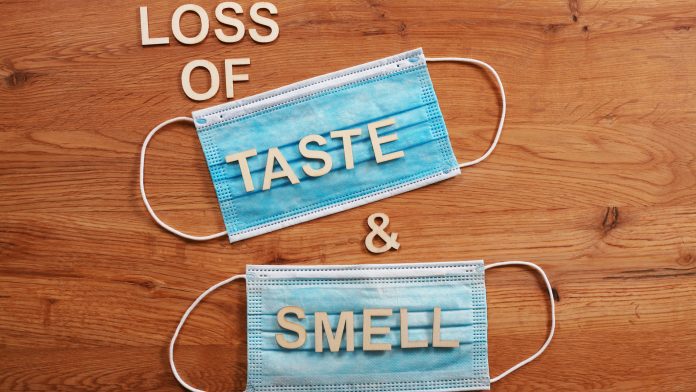
A team of researchers has performed the most extensive investigation to date into the prevalence of COVID taste loss.
Reports of COVID taste loss have escalated throughout the pandemic, with the dysfunction arising in different forms, including ageusia (total taste loss), hypogeusia (partial taste loss), and dysgeusia (taste distortion). Although losing taste is a distressing ordeal for COVID-19 patients, many scientists doubted whether the taste loss was genuine. This was due to COVID taste loss often being confused with loss of smell as the senses are closely linked.
In their study, the Monell Chemical Senses Center team found that COVID taste loss is a genuine symptom and distinguishable from smell loss. Their investigation looked at uncovering the true prevalence of losing the sense of taste from the infectious disease and how the methods used to measure the symptom may have impacted prevalence estimates.
Analysing COVID taste loss
The researchers compiled data from 241 studies that examined taste loss published between May 15, 2020, and June 1, 2021, which were selected from an original pool of 712 publications. Altogether, the studies comprised 138,785 COVID-19 patients, of which 32,918 reported COVID taste loss. The overall estimate of the prevalence of taste loss was 37%.
Mackenzie Hannum, PhD, a postdoctoral fellow in the lab of Danielle Reed, PhD and first author of the study, said: “About four in every ten COVID-19 patients experience some form of taste loss.”
The team discovered that sex and age also influence COVID taste loss, with middle-aged (36 to 50 years old) having the highest prevalence of all groups and females being more likely than males to lose their sense of taste.
Evaluating testing
The team’s investigation included a mixture of approaches to assess taste loss, including self-reports and direct reports.
Hannum commented: “Self-reports are more subjective and can be in the form of questionnaires, interviews, health records, for example. On the other hand, direct measures of taste are more objective. They are conducted using testing kits that contain various sweet, salty, and sometimes bitter and sour solutions given to participants via drops, strips, or sprays.”
A previous Monell study found that direct tests obtained more sensitive measurements of taste loss than self-reports. However, their new findings were different, identifying that whether a study employed direct or self-reports did not impact the estimated prevalence of taste loss.
Co-author Vicente Ramirez, a visiting scientist at Monell and a doctoral student at the University of California, said: “Here self-reports are backed up by direct measures, proving that loss of taste is a real, distinct symptom of COVID-19 that is not to be confused with smell loss. Taste and smell loss have been emphasised in the context of COVID-19, yet only 18 out of 241 studies included objective measurement of this sense. There is definitely a gap between how these symptoms are being treated and how critical they are for public health.”
The research indicates strategies for reducing this gap, with solution-based taste tests being more sensitive indicators of taste loss than other direct measures. Simple tastes that are dissolved in water could be easier to detect without other distractors such as food textures and may offer more experimental control as they are not influenced by the amount of saliva in the mouth of the participant.
The team believes that taste assessment needs to become common practice in clinical settings. Furthermore, the procedure will help healthcare professionals identify why patients have this dysfunction, either from long-COVID, ageing, or medications such as chemotherapy.
The team are now looking to investigate how to reverse loss of taste from COVID-19 and uncover the mechanisms behind the condition.
























